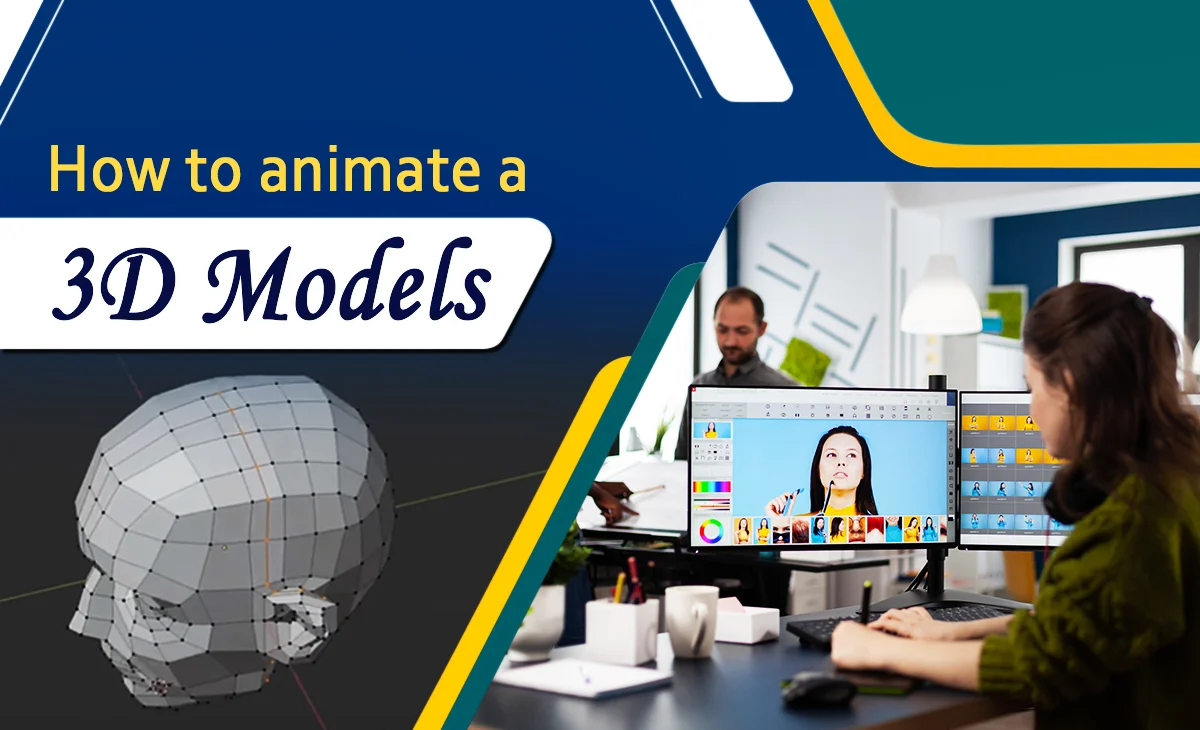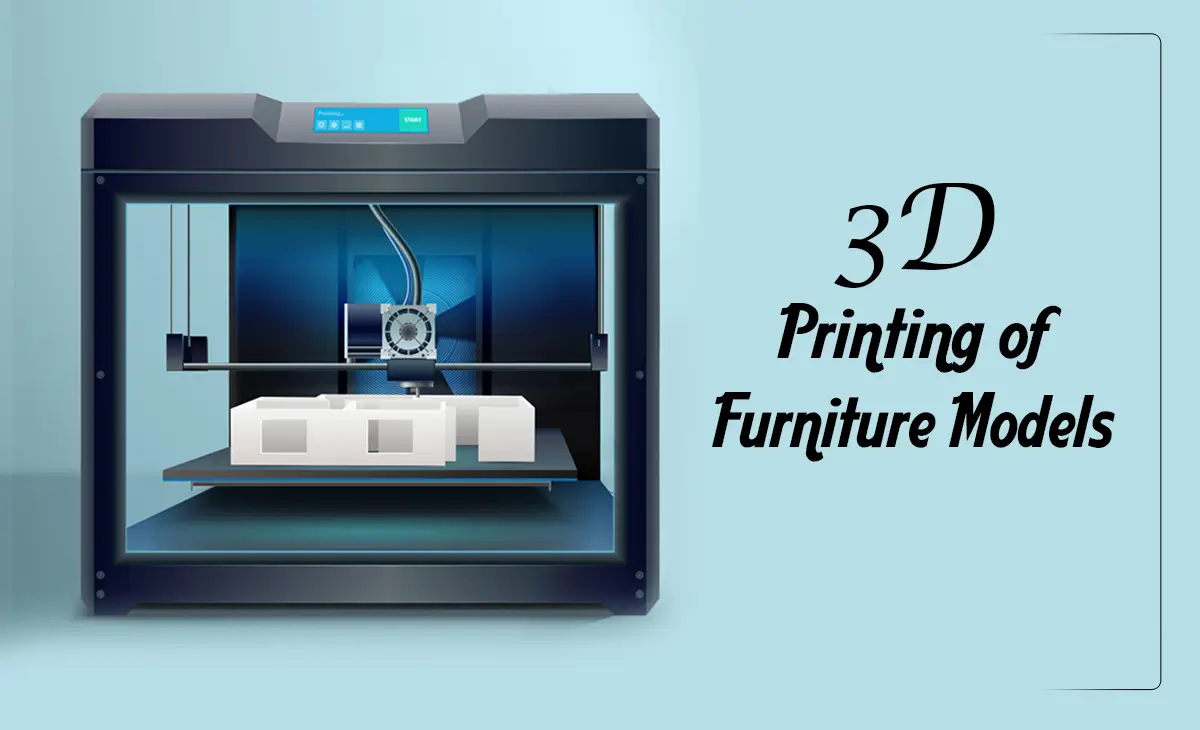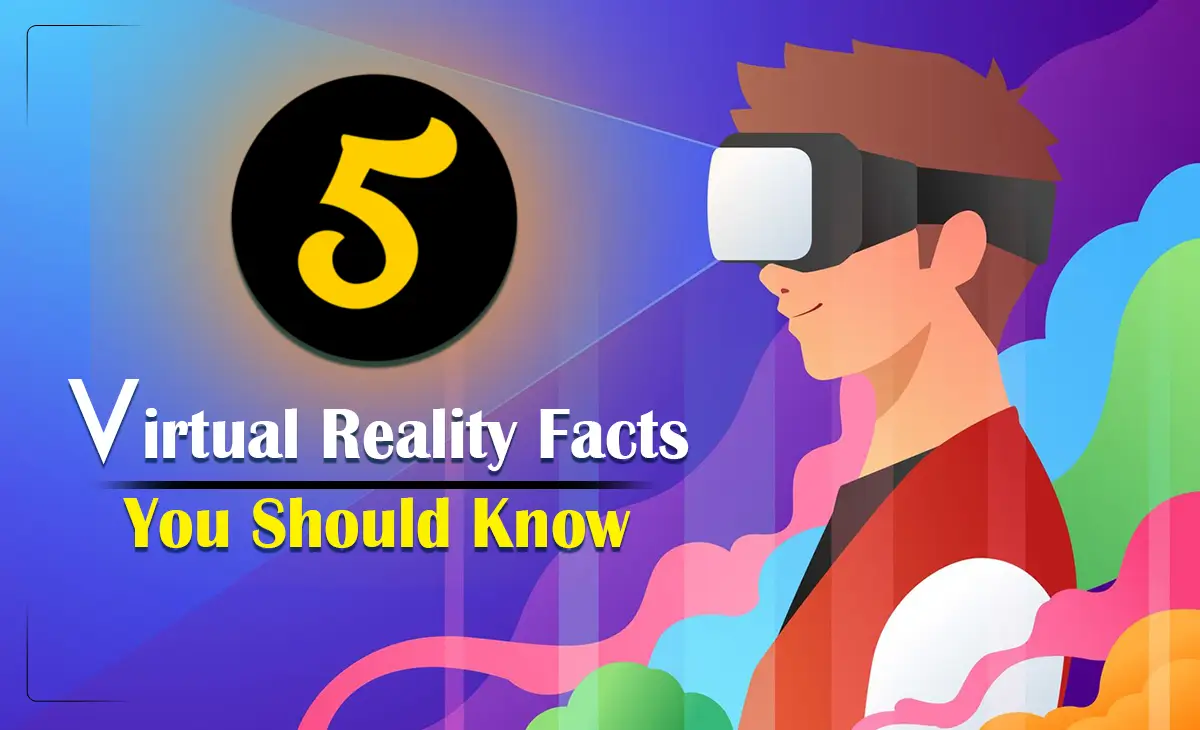How To Animate a 3D Model: 3D animation is a technique used to create the illusion of movement in three-dimensional space using digital models. Unlike traditional 2D animation, which involves drawing the next frames by hand, 3D animation utilizes computer-generated imagery (CGI) to bring characters, objects, and environments to life. The process typically involves several stages: modeling, rigging, animation, lighting, and rendering. Modelers create or sculpt digital models of characters, props, and backgrounds, rigging with virtual skeletons to enable movement. We will learn how to animate a 3d model in this article.
The Best Software for Animation
The best software for animation often depends on your specific needs and preferences, as well as the type of animation you want to create. Here are some popular options across different categories:
2D Animation
Adobe Animate
Formerly known as Flash, it’s a versatile tool for creating vector-based animations and interactive content.
Clip Studio Paint
Known primarily as a digital drawing software, it also offers powerful animation tools for creating 2D animations.
3D Animation
Autodesk Maya: A comprehensive 3D animation software widely used in film and television production. It offers a wide range of tools for modeling, rigging, animation, and rendering.
Blender
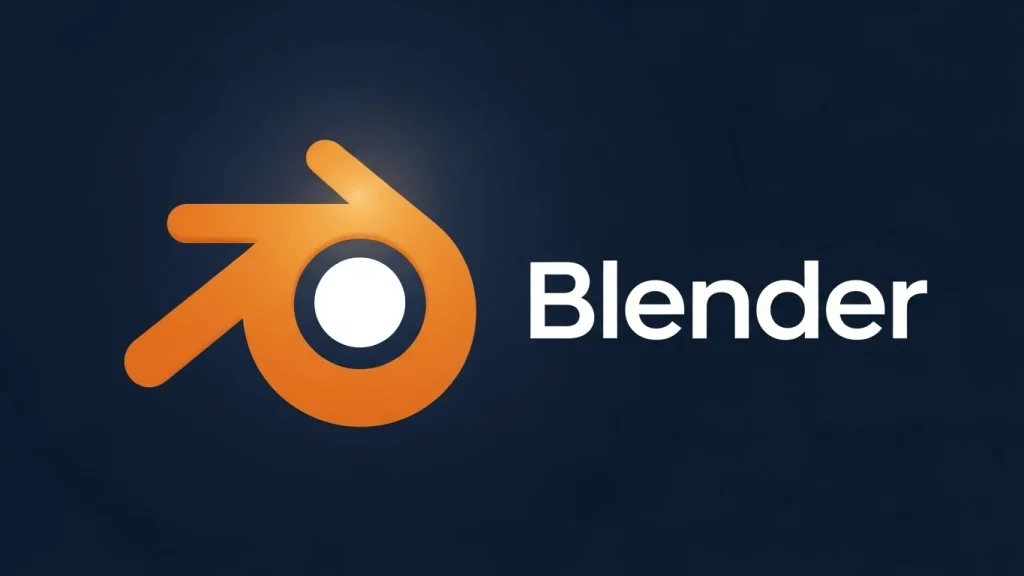
An open-source software with a strong community and a wide range of features, including modeling, rigging, animation, simulation, rendering, and compositing.
Cinema 4D
Known for its ease of use and powerful motion graphics capabilities, it’s popular among artists and designers.
Stop Motion Animation
Stop Motion Studio
Available for both iOS and Android devices, it’s a user-friendly app for creating stop-motion animations using your smartphone or tablet.
Motion Graphics
Adobe After Effects
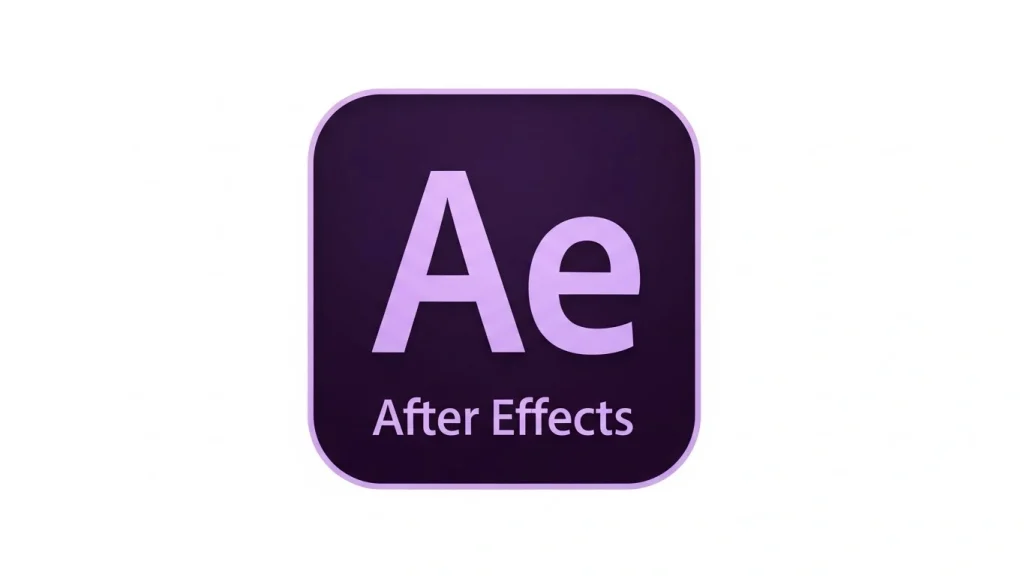
A powerful tool for creating motion graphics and visual effects. It’s widely used in the film, TV, and advertising industries for its versatility and integration with other Adobe Creative Cloud apps.
Apple Motion
Designed for motion graphics, it’s a more affordable alternative to After Effects, with a focus on real-time design and animation.
Game Development
Unity
While primarily a game development platform, Unity also offers robust animation tools for creating 2D and 3D animations within games.
Unreal Engine
Similar to Unity, Unreal Engine is primarily used for game development but also offers powerful animation tools and capabilities.
These are just a few examples, and many other animation software options are available, each with its strengths and weaknesses. It’s a good idea to try out different software to see which one best suits your workflow and needs.
Pre-Production and Asset Gathering
Before starting animating an object pre-production and asset gathering are crucial steps to start processing. Here are some steps that you should follow.
Concept Development
This phase involves creating the concept for your animation. This includes creating the storyline, characters, setting, and overall visual style.
Scriptwriting
Once the concept is solidified, you’ll need to write a script. This script outlines the dialogue, actions, and overall flow of the animation.
Storyboarding
Storyboarding is like creating a comic book version of your animation. It involves sketching out each scene to visualize how the animation will progress. This helps in planning camera angles, pacing, and transitions.
Hardware requirements
To create animation you need a powerful PC because it allows multiple programs and files at the same time. You need at least 2 GIGS RAM graphics cards, a powerful CPU, 8 GB RAM, and at least 1T memory storage.
How to make a 3D animation
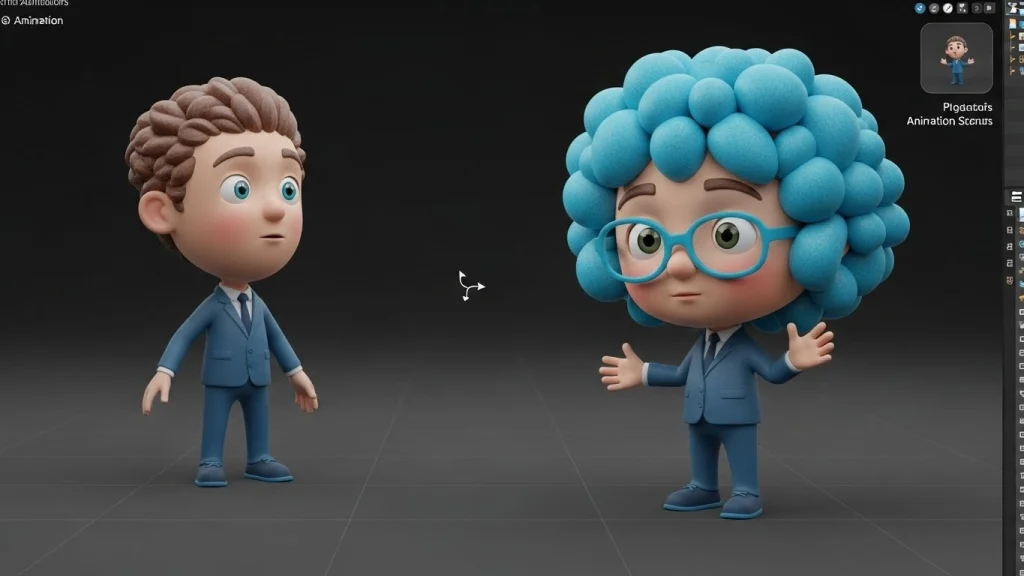
How to Animate a 3D Model: Creating a 3D animation involves several steps, from conceptualization to final rendering. Here’s a general guide to help you get started:
3D Modeling
3D modeling is the first step in constructing a three-dimensional model using specialized software such as Blender, 3ds max, Maya, Solidworks, etc.3D modeling provides accurate object size, shape, texture, grading, and system routing information, allowing a building to function properly. 3D modeling is used in various applications to make representations of physical objects on a computer. These digital models are determined by geometric shapes such as vertices, edges, and faces arranged to form lifelike structures.
Texturing
After completing 3d modeling you have to do texture on the model. Texturing involves creating a wide range of effects from shading to complex materials like skin, fur, water, metal, plastic, wood, or fabric.
Rigging and skinning
The next step is the rigging of characters. It means the process of creating a skeleton of a 3D model. The rig consists of bones, joints, controllers, etc. Rig for human characters are many such as spine, arms, legs, head, fingers, etc.
Animation
This is the step where you can animate the character of a 3d model from scratch. Use your chosen software to bring your storyboard to life. Whether you’re keyframing movements, manipulating puppets, or sculpting 3D models, this stage requires patience and attention to detail.
Rendering of Animate a 3D Model
Before rendering, make sure your animation scene is set up correctly. This includes setting the camera angle, adjusting lighting, and positioning all elements properly. Rendering generates the final touch of a model to make it lifelike.
Add Music and sound
Music and sound enhance the storytelling of animation. Consider the quality of sound effects that align with the mood and set the background music that portrays the tone.
Edit
Once you’ve completed your animation, review it for any errors or inconsistencies. Make any necessary adjustments, and then render your final animation. Rendering can be time-consuming, especially for complex animations, so it’s important to plan accordingly and allow sufficient time for rendering to complete.
Final Output of Animate a 3D Model
After doing final rendering, editing, and polishing your 3D animation is completed. Now you can save it and transform it into a video format and share it with the world.
Conclusion
Animation is a skill that takes time and practice to master, so don’t be discouraged if your first attempts aren’t perfect. Keep experimenting, learning, and refining your craft. Anyone can animate a 3D model with the right use of tools and applications. Keep focus, dedication, and passion for 3D animation can make you the best 3D animator.


